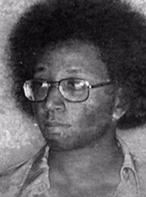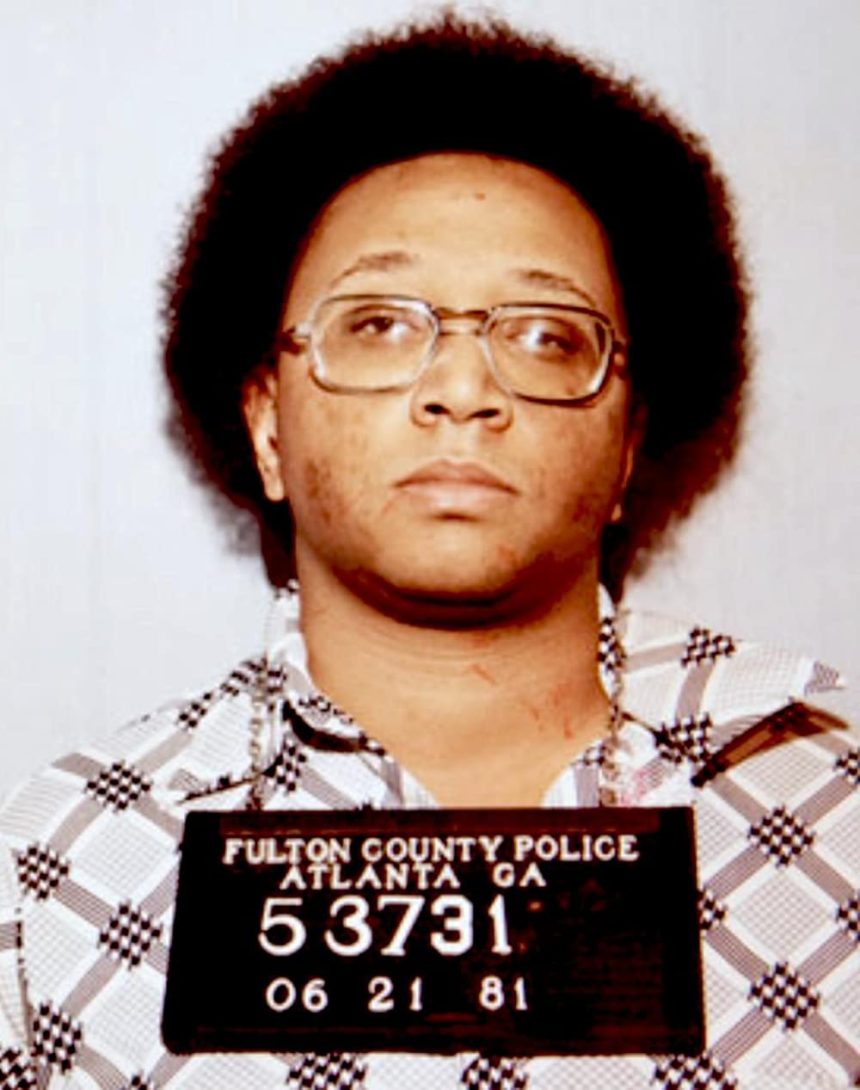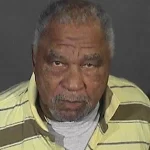Wayne Williams is a well-known American convicted of murder and considered a serial killer. He is serving two life sentences in a state prison in Georgia for killing two adult men in Atlanta. He is also the main suspect in the Atlanta Child Murders, which happened between July 1979 and May 1981 and involved the kidnapping and killing of at least 23 people, primarily children.
Please keep reading if you want to learn more about him. This blog post has everything you need to know about him, such as his bio, family, education, crimes, arrests, trials, and more.
Early Life and Education
Wayne Bertram Williams, popularly known as Wayne Williams on numerous social media platforms and across the globe, is a well-known American convicted murderer and suspected serial killer. In a Georgia state prison, he is serving two life sentences for the murder of two adult men in Atlanta. He was born on May 27, 1958, in Atlanta, Georgia, United States of America, under the zodiac sign Aries, with the nationality of American and of black descent.
He was born to Homer Williams and Faye Williams, both teachers. He attended and graduated from Douglass High School. After graduating, he developed a keen interest in radio and journalism and constructed his carrier-current radio station. He then started going to WIGO and WAOK, where he got to know some of the announcers and became friends. He also started dabbling in becoming a pop music producer and manager, apart from being a DJ and a freelance photographer.

Murder (Atlanta Murder)
Williams initially became a murder suspect in the Atlanta murder case on May 22, 1981, after a police surveillance team stopped his car at the James Jackson Parkway bridge. The police were watching the bridge after they heard a “big, loud splash,” suspecting that something big was thrown into the river from the bridge. He was suspected because his car was the first to appear on the bridge after the splash at roughly 2:50 a.m.
He informed the police that he was a talent scout on his way to check out an address in a nearby town before an audition with a young vocalist called Cheryl Johnson the following day. His car was halted for further inquiry. So he gave the officers a number to verify it, but later it turned out that the phone number was fictitious. On May 24, two days later, after he got stopped on the bridge, a local fisherman discovered the body of 27-year-old Nathaniel Cater in the river. Cater had been missing for four days and was last seen with Williams.
A report came out after he was examined by a medical expert, stating that he had died of probable asphyxia but never explicitly saying he had been strangled. After hearing the report, the officer suspected that Williams killed Cater and that Cater’s body made the sound they heard as Williams’ car crossed the bridge. He failed three lie-detecting tests (polygraph tests). Another body was discovered, and hair and fibers were retrieved from the victim’s body. The body was identified as that of Jimmy Ray Payne, consistent with those from his home, car, and dog. Williams’ coworkers told the police that they saw marks on his face and arms around the time the murders happened.
Due to this, investigators surmised that victims could have inflicted it during struggles. Williams later staged a press conference in front of his house to show his innocence. He claimed to have admitted that he had failed the polygraph tests, which would not have been admissible in court. On June 3 and 4, at the FBI headquarters, he was once again questioned by police for 12 hours. He was then released from their custody without being arrested or charged, but he was still being watched.
Arrest And Trial
On June 21, 1981, police arrested Williams on charges of the murder of Cater and Payne, and his trial began on June 6, 1982, in Fulton County. During the second month of the trial, prosecutors linked 19 sources of fiber from Williams’ home and car to several victims ( his bedspread, bathroom, gloves, clothes, carpets, dog, and an unusual trilobal carpet fiber). Witnesses said that Williams was with several victims while they were still alive, and his stories about where he was didn’t match up with what he said.
He was found guilty after 12 hours of contemplation on February 27 of the murders of Cater and Payne and sentenced to life imprisonment. The killing came to a halt after Williams’s arrest. After his sentence, he filed a habeas corpus petition and requested a retrial in the late 1990s. Georgia Attorney General Thurbert Baker said, “Although this does not end the appeal process, I am pleased with the results in the habeas case” and that his office will “continue to do everything possible to uphold the conviction.”
Williams again requested a retrial in early 2004. His lawyers contended that law enforcement officials had concealed evidence of the Ku Klux Klan’s involvement in the atrocities and that carpet fibers implicating him would not hold up to scientific analysis. But his request was rejected by a federal judge on October 17, 2006.
Later Development
Williams said from the beginning that he was innocent and admitted that Atlanta officials hid evidence that the KKK was involved in the deaths so there wouldn’t be a race war in the city. According to his attorneys, the conviction resulted in a “deep miscarriage of justice” that trapped an innocent man behind bars for most of his adult life while allowing the actual killers to escape punishment. However, Joseph Drolet, the attorney representing Williams at trial, has maintained Williams’ guilt. He has clarified that “the murders stopped, and there has been nothing afterward” once Williams was in custody. The Evidence of Things Not Seen (1985), which he wrote, raised questions about Williams’s guilt.
People in his community and the parents of some of the people he killed did not believe that Williams, the son of two teachers, could have killed so many people. Later, some locals, including family members of some of the murder victims, questioned how thorough the investigation was. They said the wrong person was blamed for a series of murders. On May 6, 2005, Chief Louis Graham, who became the DeKalb County Police chief after just six months, ordered the reopening of the murder investigations for the four boys who were murdered between February and May 1981 in that county were attributed to Williams. According to a report released on August 6, 2005, white nationalist and KKK member Charles T. Sanders, a former suspect in the murders, had praised the killings in a covert 1981 recording.
After he passed the lie detector exam, the police cleared him; however, four additional murders occurred while he was under close surveillance. In 2007, Williams’ DNA matched the mitochondrial DNA sequences of two strands of human hair taken from one of the victims, which was intended to remove 98% of African Americans. While not definitive, DNA testing of dog hair in the same year revealed a match with the German Shepherd owned by the Williams family. This test happens to roughly 1 in 100 dogs.
Another DNA test was conducted in 2010, but the test also did not rule out Williams. Due to this, the Department of Justice investigation published in April 2015 found that the FBI’s prior testing “may have failed to meet professional standards.” The announcement of a second examination of the murder case’s evidence was made in March 2019 by Atlanta Mayor Keisha Lance Bottoms and Atlanta Police Chief Erika Shields. They said that it was done to ensure they had done everything possible. Derwin Davis, a resident of Atlanta, came forward on August 19, 2019, stating that Williams had tried to kidnap him in 1979.
He was suspected at that time because his vehicle was the first to appear at roughly 2:50 a.m. on the bridge after the splash.

Quick Wiki/Bio
| Full Name | Wayne Bertram Williams |
| Nickname | Wayne Williams |
| Gender | Male |
| Age (as of 2023) | 65 years old |
| Date of Birth | May 27, 1958 |
| Place of Birth | Atlanta, Georgia, United States of America |
| Hometown | Atlanta, Georgia, United States of America |
| Nationality | American |
| Ethnicity | Black |
| Zodiac Sign | Aries |
| Victims | Two convicted, 24-30 suspected |
| Convictions | Murder (x2) |
Family Background, Parents, And More
| Father | Homer Williams |
| Mother | Faye Williams |
| Girlfriend | – |
| Children | – |
| Siblings | – |
Educational Background
| School | Frederick Douglass High School |
| University/College | Georgia State University |
| Credentials | Unknown |














